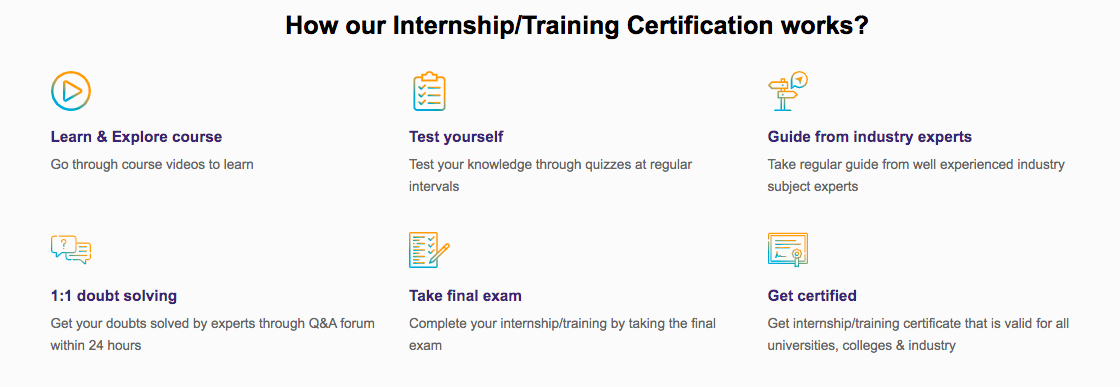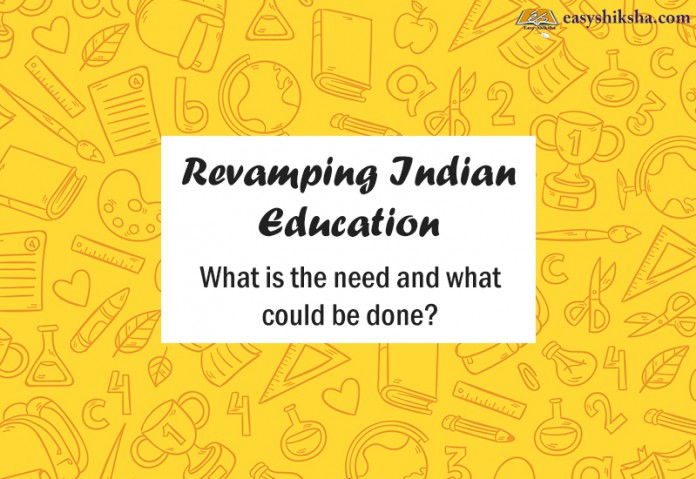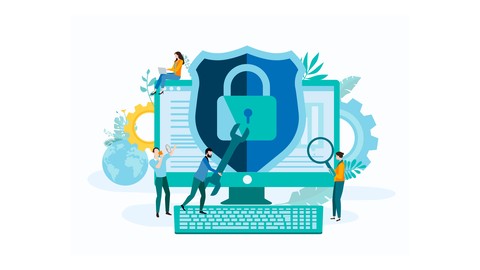Shantanu Prakash and Educomp. Byju Raveendran and BYJUs. Roman Saini and Unacademy. These names serve as potent indicators of the change in the Indian education system over the past decades.The education sector in India has grown to elephantine proportions – both in terms of capital and importance. The country has more than 1.5 million schools (1.1 million run by the government), and more than 250 million students, making its K-12 school system one of the largest in the world.


Important Announcement – EasyShiksha has now started Online Internship Program “Ab India Sikhega Ghar Se”


Currently valued at $100 billion, India’s education market is likely to nearly double to $180 billion by 2020. This new development has been sparked by a 30 per cent compound annual growth rate in the online and digital learning market.
While there are more children attending schools in India today, the quality of education has sunken to abysmally low levels. Moreover, the government schools have become the reserve of schoolkids belonging to families from the very bottom of the country’s social ladder.
The World Development Report 2018 ‘Learning to Realize Education’s Promise’ revealed that in a list of 12 countries where some grade two students were found to be unable to read a single word from a short text, India ranks second from the bottom after Malawi. India also ranks at the top of the report’s list of seven countries, in which some grade two students could not calculate simple two-digit subtractions.
The astonishing facts stated by the report makes it imperative for the Indian education sector to undergo a complete overhauling. The focus needs to be shifted from rote-learning to concept based learning.
There are many pillars to be erected now to give a sound base to the primary, secondary, higher secondary and tertiary education. Why can’t we introduce Internships at school level? Why can’t we consider skill-based education in schools and off-schools? Can’t we introduce industry leaders to design and teach a course in the classroom on regular basis? Can’t we involve them in curriculum designing?
While our country struggles with a supposedly outdated education system, education technology provides a charming prospect of transforming the otherwise stagnant education sector.
Popularly known as ed-tech, the concept was initiated in India by a first generation entrepreneur Shantanu Prakash through his venture Educomp Solutions. While Educomp contributed its bit to the progress of Indian education with the introduction of Smartclass setup, it also paved way for several ed-tech startups to come into being.
Top Software Engineering Courses
Today the Indian ed-tech scenario is much more developed than it was at the time Educomp Solutions was started. Nevertheless, the concept has garnered much appreciation due to its interactive approach.
In a traditional classroom, the focus remains at the teacher/lecturer. The passive learner receives large chunks of information from the teacher, and is expected to retain them. However, the process fails to bind the learner’s interest to what’s being taught. That’s when ed-tech steps in.
The use of ed-tech setups like SmartClass allows the learner to adopt a profoundly active approach to learning, thus creating classroom, which is focused on the learner instead of the teacher. In a classroom made engaging through the use of gadgets and Internet, the learner actively takes responsibility for his/her learning.
Empower your team. Lead the industry
Get a subscription to a library of online courses and digital learning tools for your organization with EasyShiksha
Request NowALSO READ: WB-postal-circle-mts-recruitment-apply-online-west-bengal
Get Course: The-art-Of-attraction







































































